>> Yen Bai actively preserves and develops rural craft villages
>> Traditional craft villages in Yen Bai contribute to building new rural areas
>> Yen Bai has 15 traditional craft villages associated with tourism
>> Yen Bai craft village at the crossroads of life and death
>> Yen Bai strives to recognize 4 new craft villages in 2025
The products of the craft villages also contain the talent of the craftsmen and the secrets passed down, creating special value for customers and branding the products with traditional cultural identity. This is also what makes the vitality of many traditional craft villages in Yen Bai strong.
"Brand" of a craft village
At the end of March, the cold of the Ban season makes the cold wind of Thac Ba lake somewhat dry. I go upstream to the shrimp basket weaving village in Dong Tam hamlet, Phuc An commune. This is the first craft village in Yen Bai province, and also the first craft village in Yen Binh district to be recognized by the provincial People's Committee. It is a real craft village, but the shrimp basket weaving profession is not as noisy as many other craft villages. The village is peaceful. Somewhere under the porch, in front of the yard, it is not difficult to see the image of women and mothers diligently weaving baskets.
I stopped by the family of Ms. Le Thi Ngoc Tham - a family with many years of experience in the profession and also one of the traders specializing in purchasing shrimp baskets in the lake area with a working capital of over 1 billion VND per year. Ms. Tham shared: "More than twenty years of weaving shrimp baskets, this profession has been associated with the lives of people in this Thac Ba lake area for generations, there is no fear of it disappearing, it's just that in the past, the materials were available so many people did it, now there are a few less. If you work hard, you can earn hundreds of dong a day, the family has more money coming in and out."
What Ms. Tham said was a bit modest, because in this Dong Tam village, with the sole profession of weaving shrimp baskets, Ms. Nguyen Thi Yen - who raised 2 children to go to university, was able to build a spacious level 4 house worth several hundred million. Village chief Do Quang Tuyen said as if boasting: "This is a very typical family in the village in terms of determination to escape poverty. Previously, Yen's family was very poor. 3 years ago, Ms. Yen voluntarily wrote a request to be removed from the list of poor households. Many families with both husband and wife cannot do what her family does."
Just as the village chief Do Quang Tuyen said, in the newly built, neat and tidy house, Ms. Yen and her niece moved quickly, the shapes of the lovely shrimp baskets appeared.
Confiding about her career and life, Ms. Yen could not hide her emotions, her eyes glistening with pride: "My husband left when my second daughter was only 5 years old, the house was as dilapidated as a buffalo pen, the suffering was indescribable... This shrimp basket weaving job saved me and my 2 children from poverty. I didn't know how to do anything else besides the basket weaving job my grandparents taught me, and then I was able to raise my 2 children to be educated, and also build a decent and sturdy house. I can give up anything but this job. To be honest, I don't have to worry about not being able to sell the products, I just don't have enough strength to do it...".
Since ancient times, the craft of weaving shrimp baskets has been passed down through grandmothers, mothers, and sisters for many generations in Phuc An. Phuc An shrimp baskets have become the best-selling item at the markets of ethnic minorities in the region and are the main source of income for many households in the commune. In July 2017, the shrimp basket weaving craft village of Dong Tam hamlet, Phuc An commune was recognized by the People's Committee of Yen Bai province as a traditional craft village. Since then, the value of Dong Tam shrimp basket products has been closely linked to the brand value of the village.
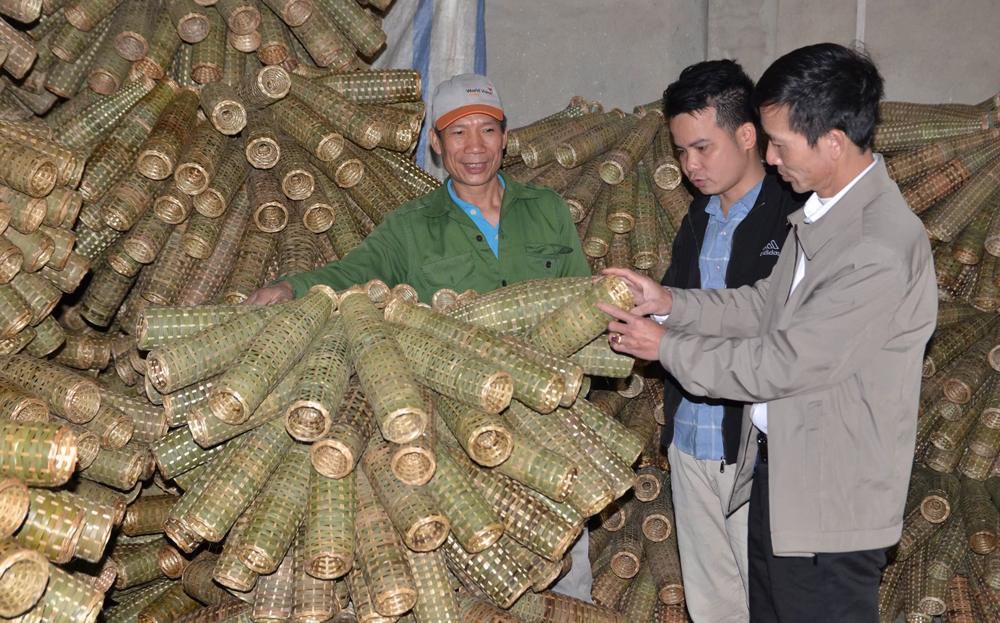
Mr. Hoang Van Ba (left) in Phuc An commune, Yen Binh district has working capital to buy shrimp baskets each year of about 3 billion VND.
Mr. Hoang Van Ba - a large and experienced shrimp basket trader in Phuc An, with a working capital of about several billion VND per year, said: "Shrimp baskets are purchased from many places in the region and exported to localities with hydroelectric reservoirs such as Na Hang - Tuyen Quang, Hoa Binh... However, the shrimp basket products of Dong Tam shrimp basket craft village are unmistakable, you can tell right away. Therefore, the purchase price is always 1 - 2 thousand VND higher than shrimp basket products of other localities in the region. The market price sometimes goes up and down, but basically, whatever people produce is consumed...".
Ngoi Tu tourism in Vu Linh and community tourism in Phuc An are developing, the shrimp basket weaving craft village of Dong Tam village is also a place serving interesting experiential tourism activities for foreign tourists... Obviously, the secrets and brands of the craft village have created the brand and added value of the products. That is also the reason why the traditional craft is always consciously passed down by the people of Phuc An to the next generations.
Promoting the value of traditional craft villages
Passing through the new rural areas - the truly livable countrysides in each locality of Yen Bai province, it is undeniable that the new rural areas have blown a cool breeze full of vitality to help revive and develop traditional crafts. Along with that, the "One Commune One Product" (OCOP) Program has revived cultural values, raised the level of traditional crafts and turned the products of craft villages into typical products, specialties with high economic value, meeting the OCOP product standards of Yen Bai province, such as rice wine of La Pan Tan Rice Wine Craft Village Cooperative, Mu Cang Chai district; or Tu Le green rice, sticky rice of Tan Tu Le Sticky Rice Cultivation, Production and Processing Village in Na Long village, Pha Duoi village, Tu Le commune, Van Chan district is an example.
Tu Le land is known as "the land of beautiful girls" and is also blessed by nature with a cool climate, pure water and mineral-rich soil that has nurtured Tan La sticky rice to become a specialty with products such as Tu Le green rice and Tu Le sticky rice. In 2019, the green rice village of Na Long and Pha Duoi villages was recognized as a traditional craft village. The whole commune has about 400 households producing and trading green rice, linking production to create products in large quantities and guaranteed quality to serve market demand.
The value of craft village products has been enhanced when Tu Le General Service Cooperative has cooperated with more than 200 households to produce Tu Le sticky rice according to VietGAP standards on a scale of over 50 hectares. Tu Le people could not imagine that a product that was simply an offering to ancestors, Tan La sticky rice and Tu Le sticky rice have now become famous specialties of a region of Yen Bai province, meeting 4-star OCOP standards, bringing a stable source of income and being the pride of Tu Le people.
La Pan Tan Commune of Mu Cang Chai District has long been famous for the rice wine products of the Mong people. The whole commune has nearly 200 households producing rice wine using traditional methods, averaging over 30,000 liters/year. Building the new rural area of La Pa Tan, the establishment of La Pan Tan Rice Wine Village Cooperative has gradually turned the traditional rice wine production of the Mong people into a branded product of the mountainous district of Mu Cang Chai.
Director of Hang A Chay Cooperative shared: "In addition to 8 members, the Cooperative has now linked production with a number of households in the village to have quality products, while ensuring quantity to serve market demand. In 2024, the Cooperative will produce about 3 thousand liters of wine, with customers mainly in Hai Phong, Hai Duong, Hanoi... Traditional occupations are gradually opening up opportunities for economic development, increasing income for local people".
Through ups and downs over time, facing many opportunities and challenges in the context of economic integration and development, traditional occupations and craft villages in Yen Bai have been affirming their vitality and competitiveness with traditional values, in line with the green consumption trend. The province is interested in the sustainable development strategy to preserve and promote the value of craft villages with many synchronous solutions, the goal by 2025 is to restore and preserve and recognize the development of 4 new craft villages associated with tourism, striving to have 20% of craft villages with products protected by trademarks, 40% of craft villages with products classified as OCOP products. The province's viewpoint is to promote the development of occupations and services in rural areas, focusing on developing new craft villages, new occupations from purely agricultural craft villages, craft villages with non-agricultural occupations; focusing on linking value chains, developing craft villages associated with tourism, contributing to the development of the rural economy and building new rural areas.
Currently, Yen Bai province has over 250 craft villages and villages with crafts, of which 15 have been recognized. Craft villages have contributed to creating jobs for about 70 thousand direct workers, making a positive contribution to the local socio-economic development. |
Minh Thuy
Source: https://baoyenbai.com.vn/215/347865/Suc-song-o-lang-nghe-Yen-Bai.aspx


![[Photo] Binh Thuan organizes many special festivals on the occasion of April 30 and May 1](https://vstatic.vietnam.vn/vietnam/resource/IMAGE/2025/5/1/5180af1d979642468ef6a3a9755d8d51)
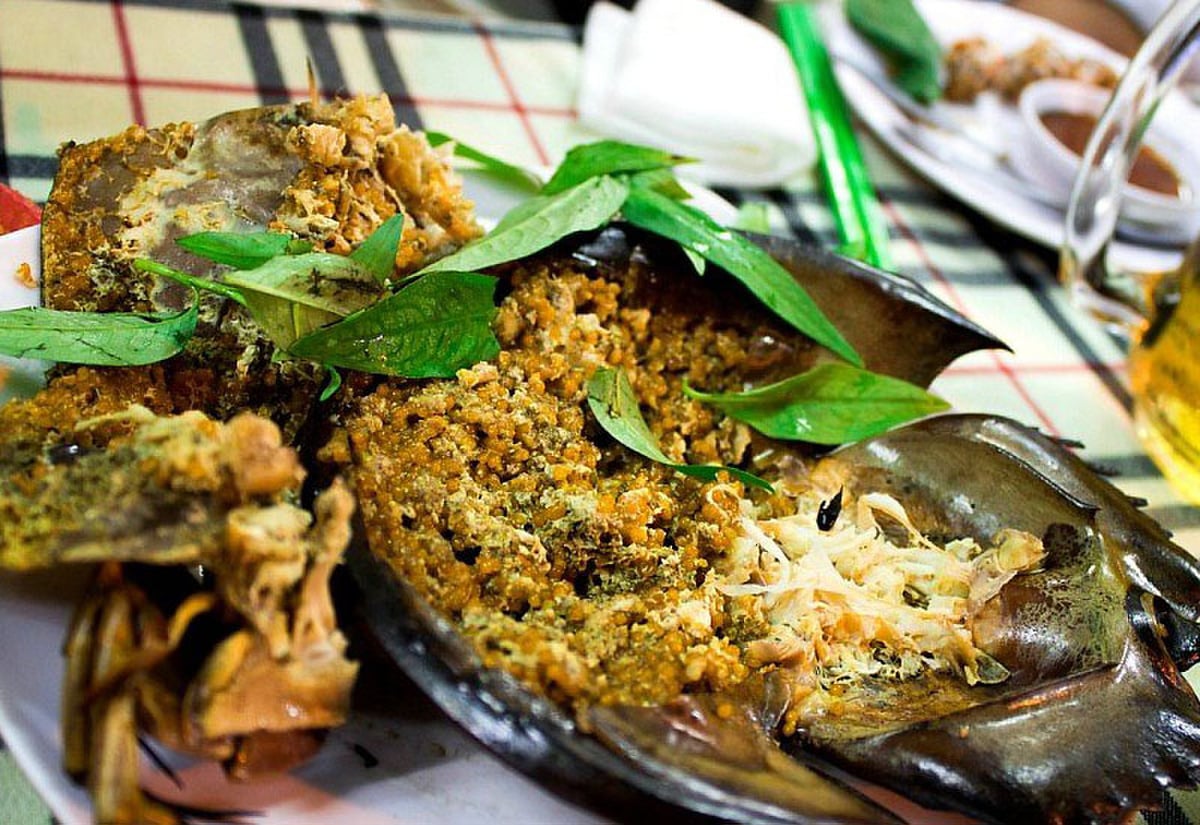
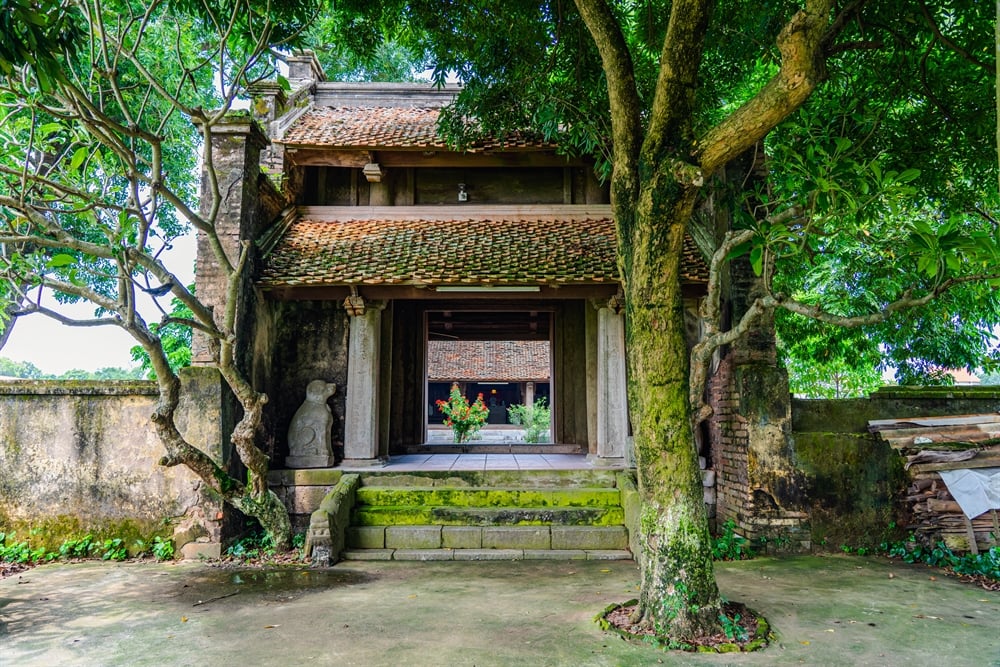

![[Photo] Ha Giang: Many key projects under construction during the holiday season](https://vstatic.vietnam.vn/vietnam/resource/IMAGE/2025/5/1/8b8d87a9bd9b4d279bf5c1f71c030dec)
![[Photo] "Lovely" moments on the 30/4 holiday](https://vstatic.vietnam.vn/vietnam/resource/IMAGE/2025/5/1/26d5d698f36b498287397db9e2f9d16c)
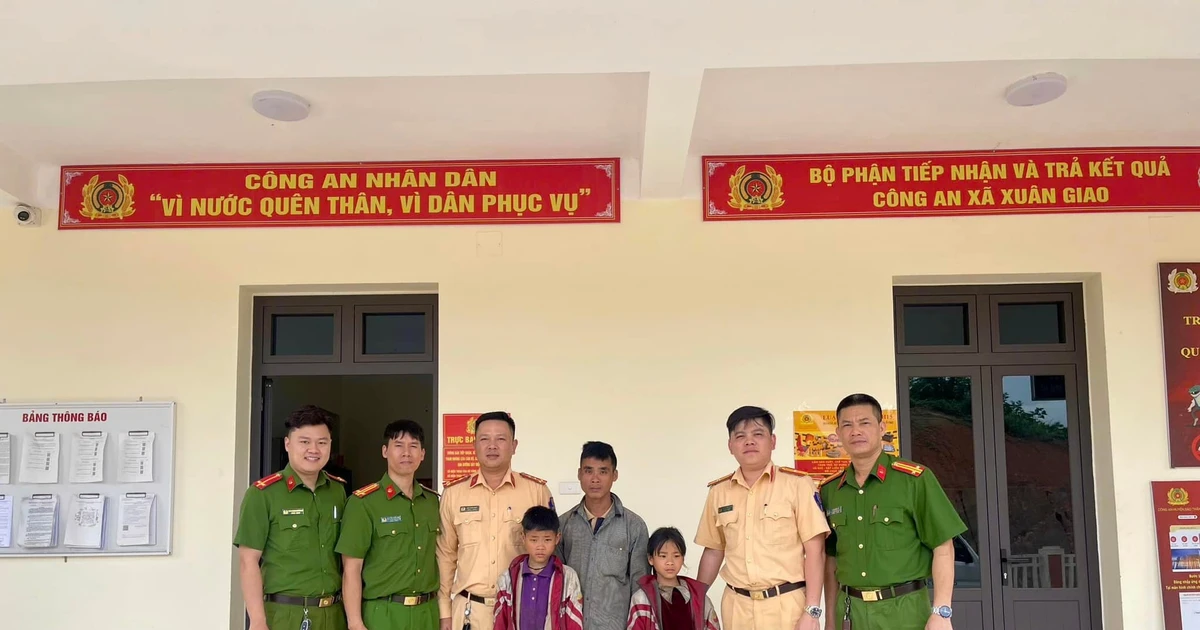

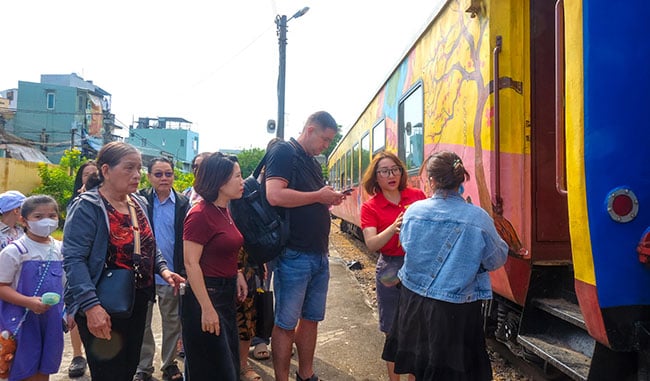


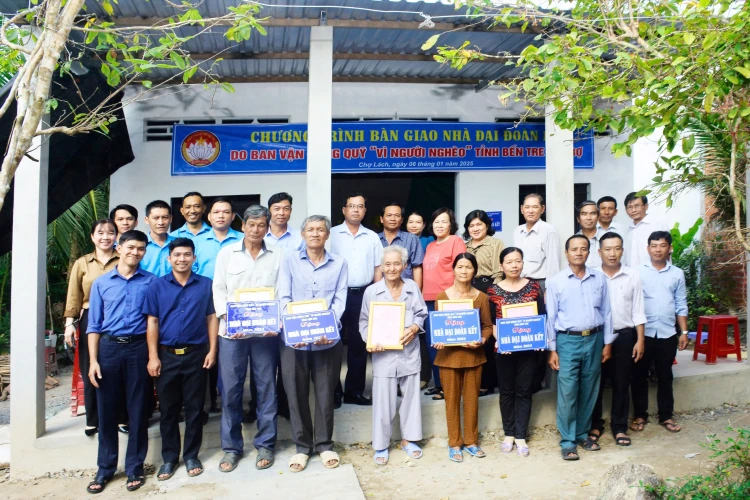


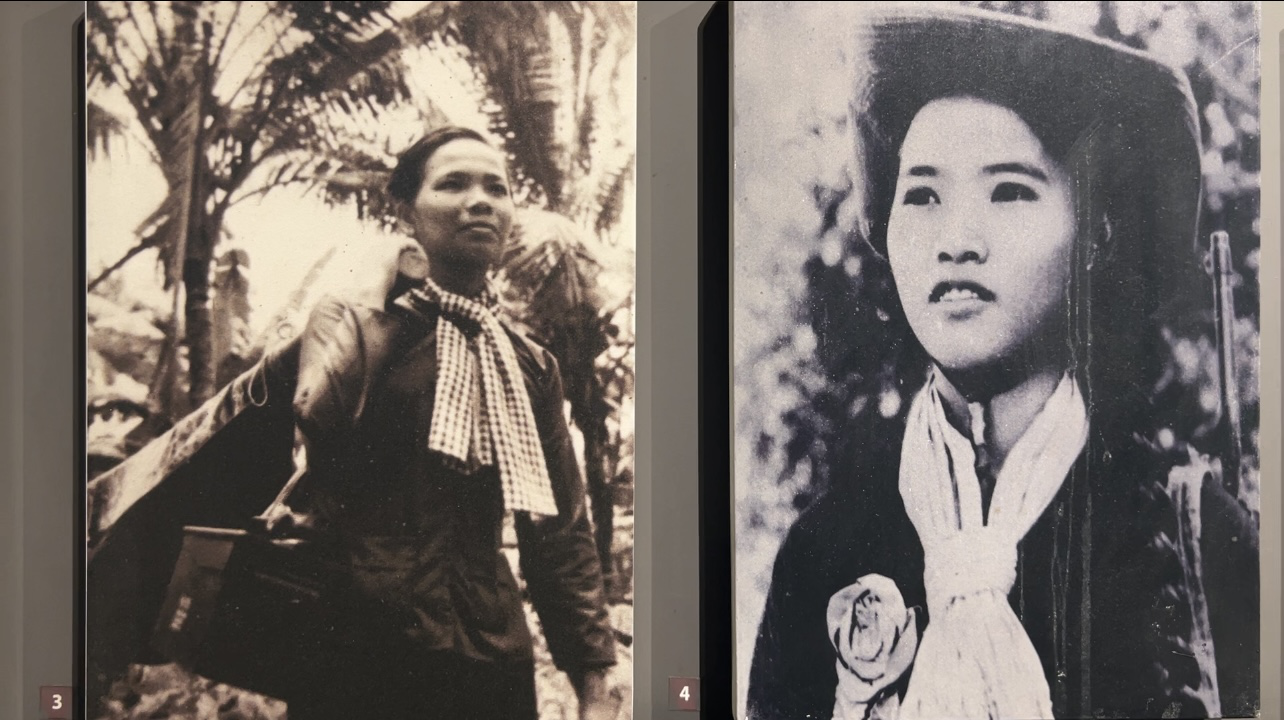

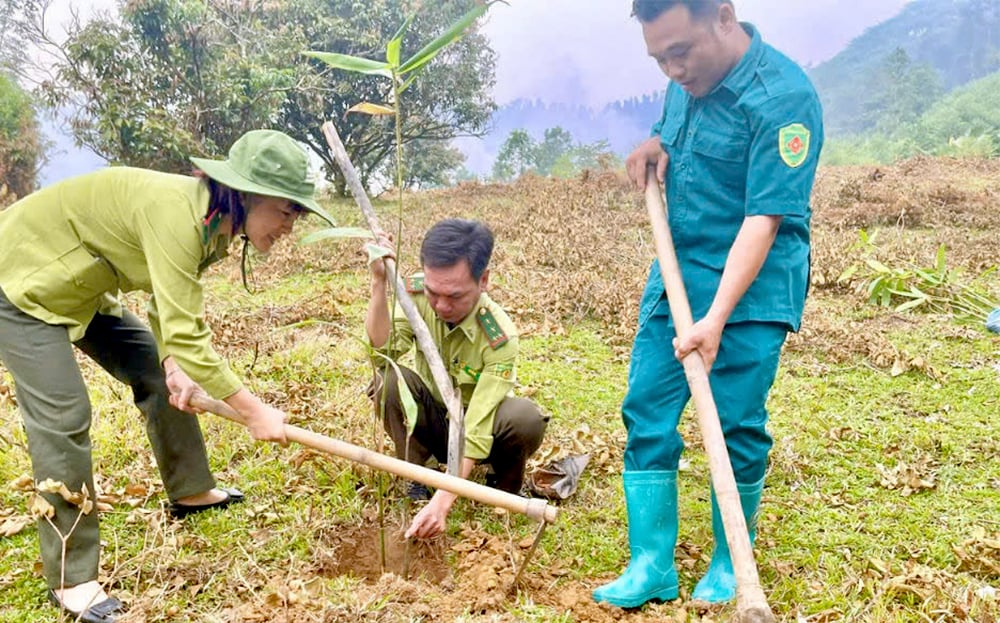
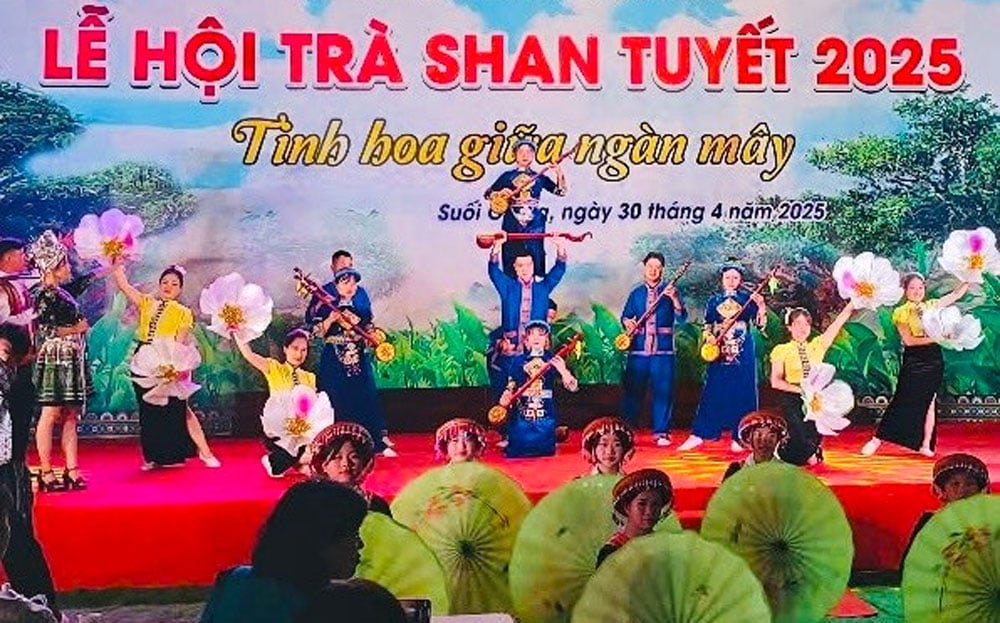
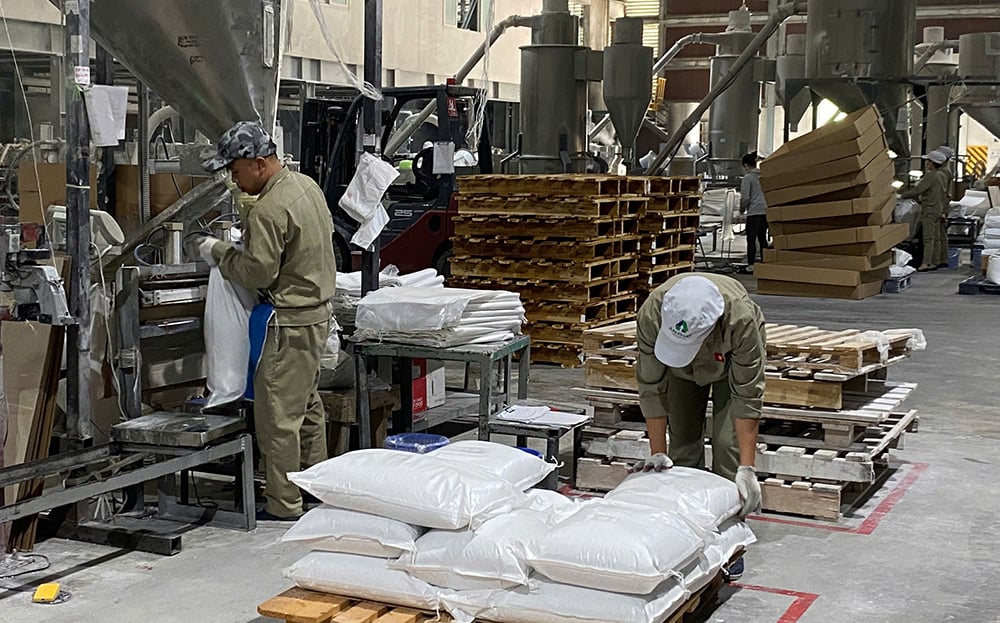

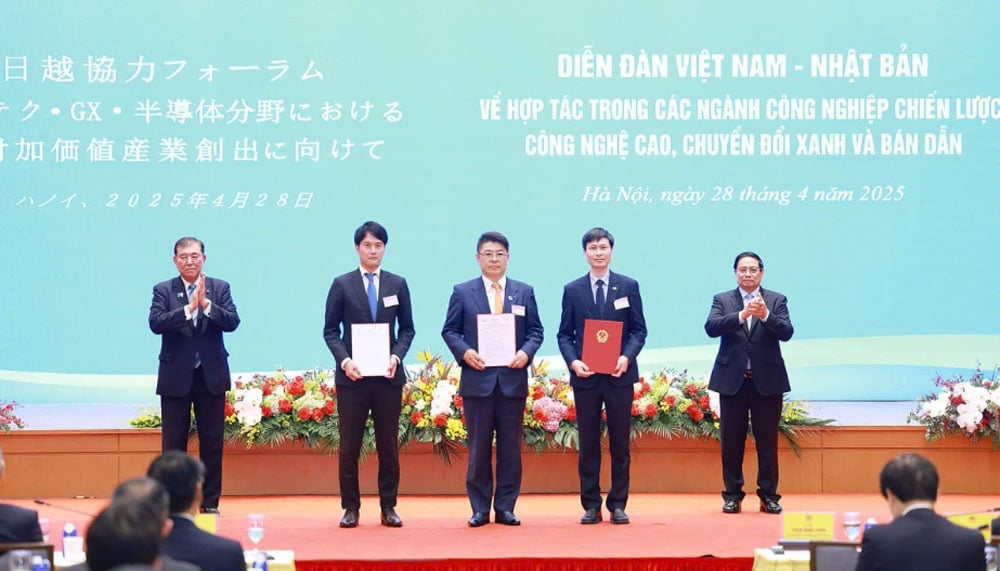
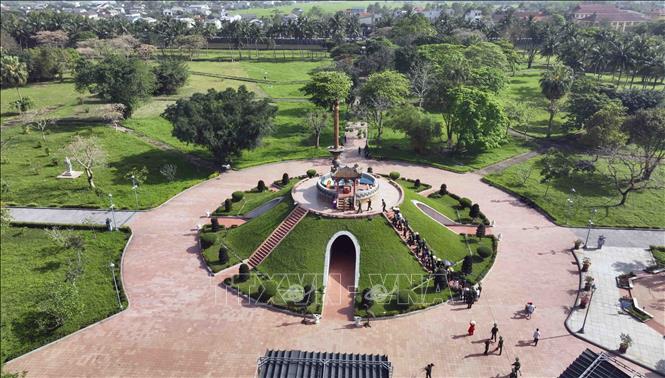




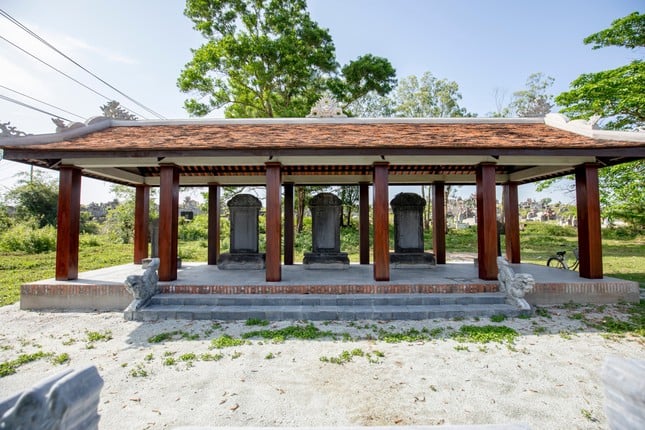



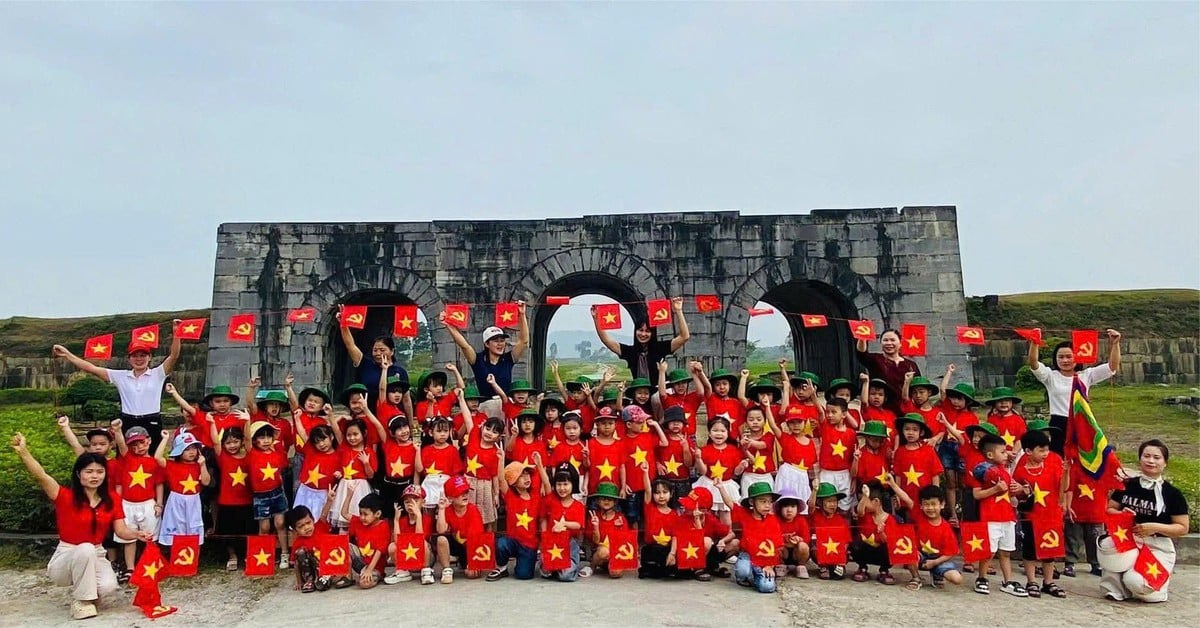
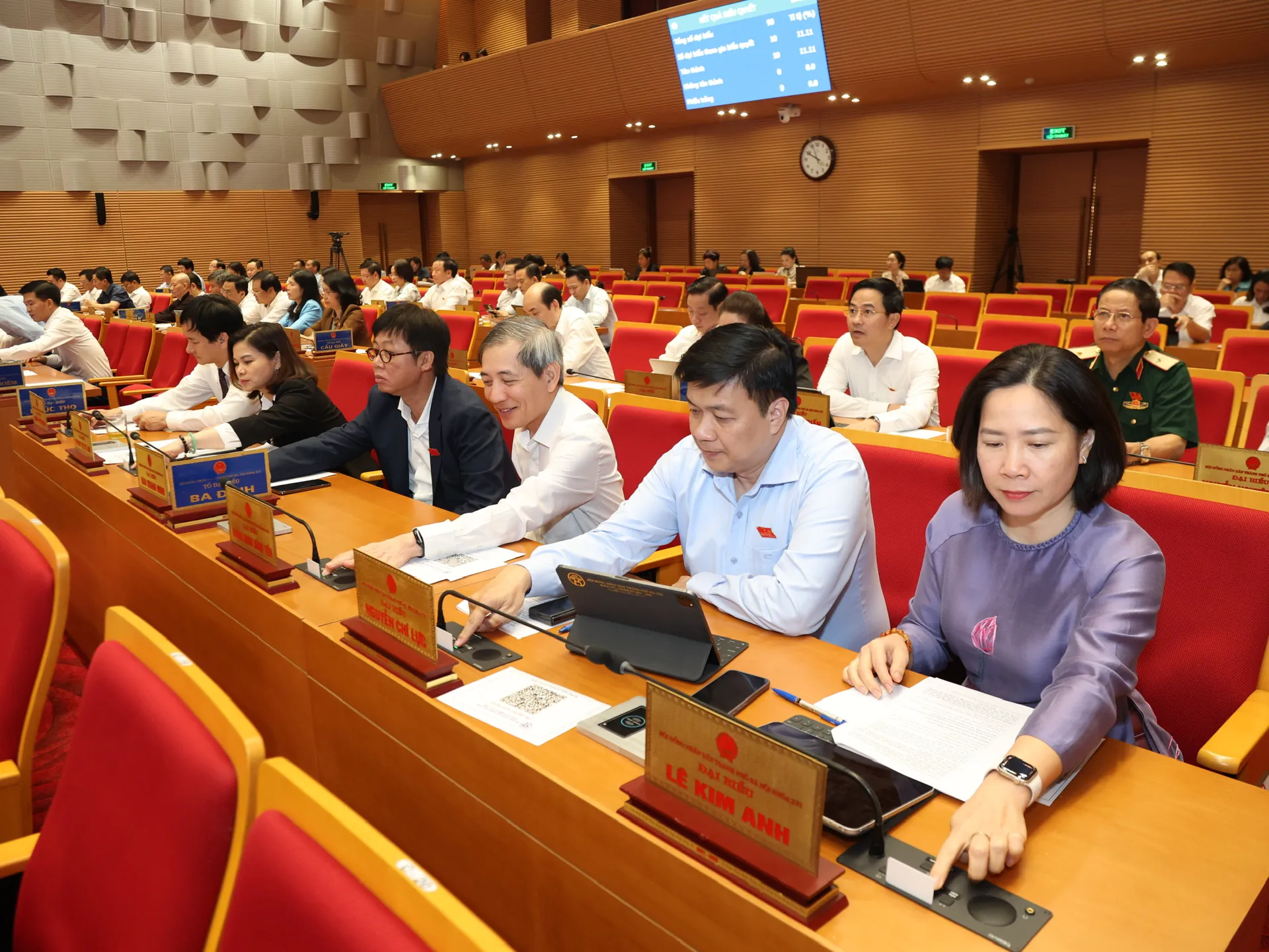



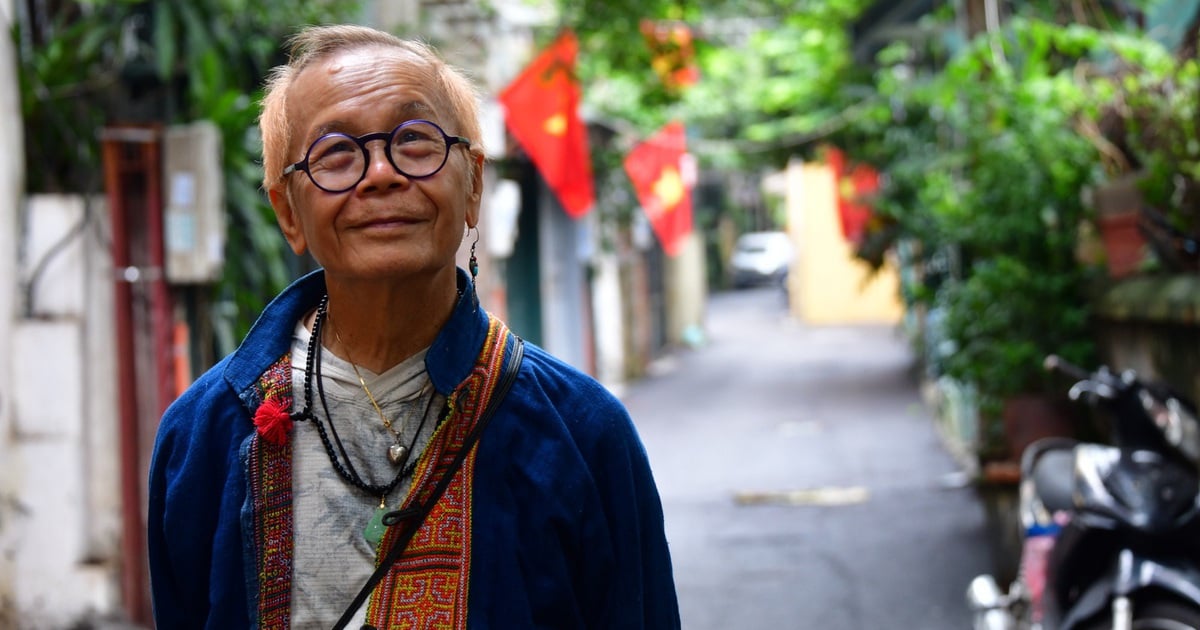






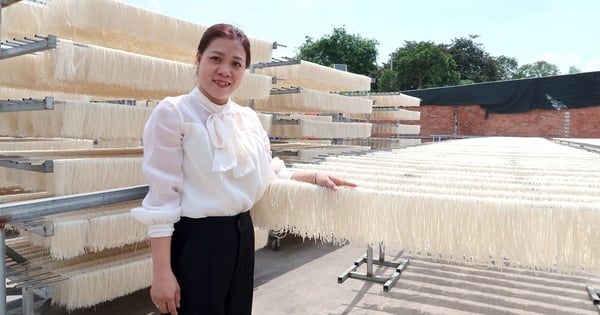

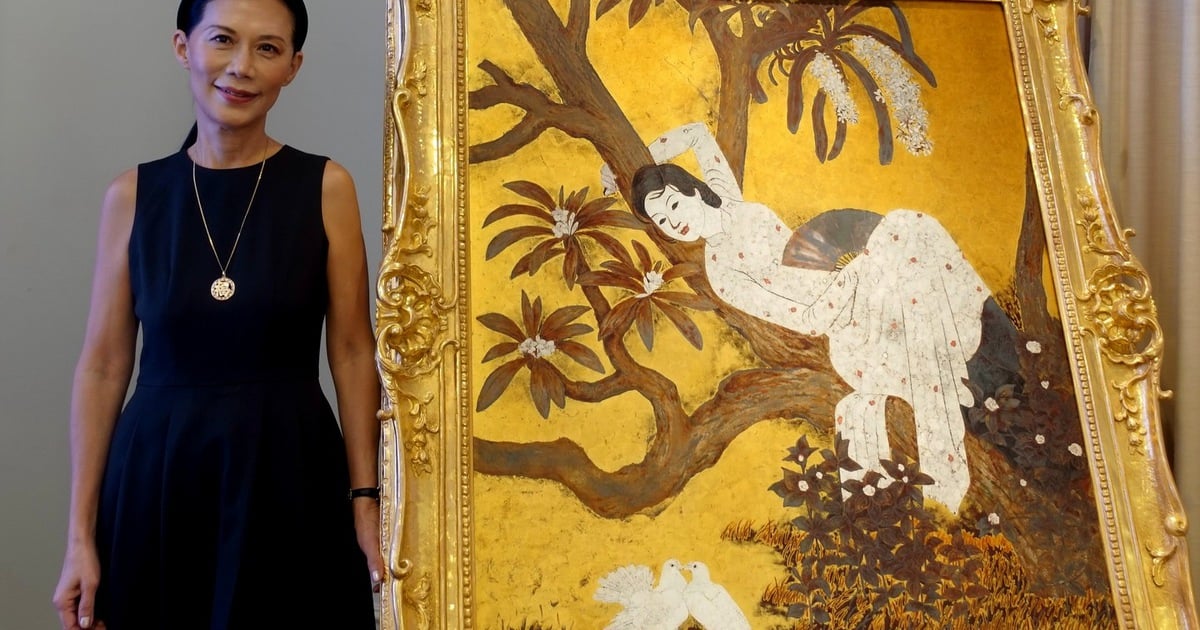











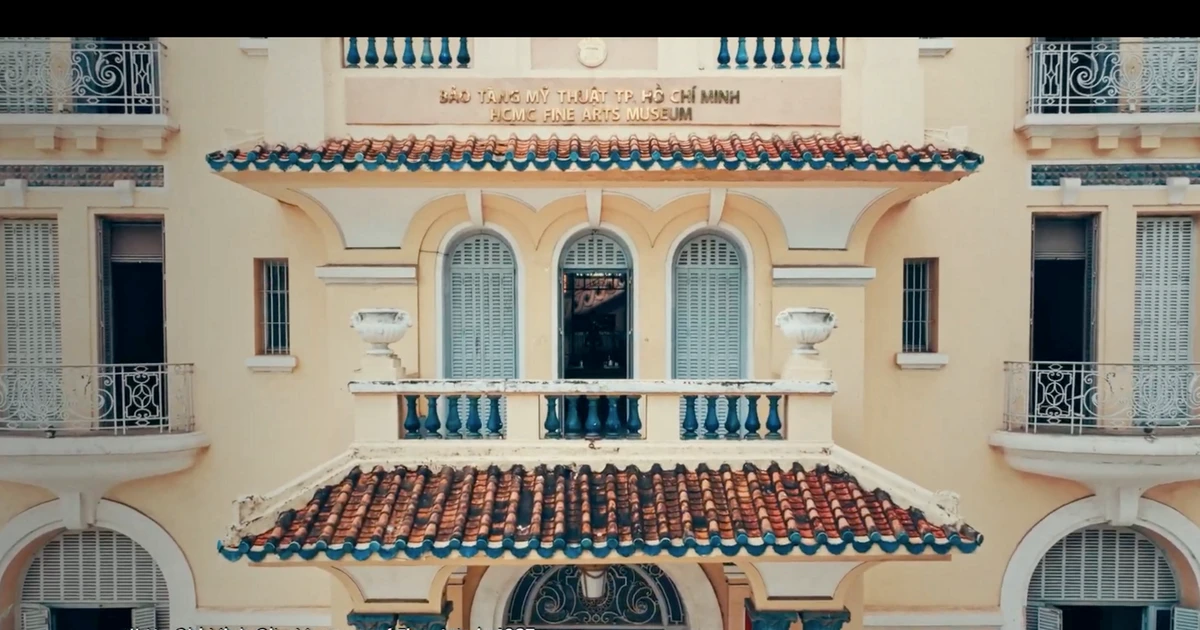














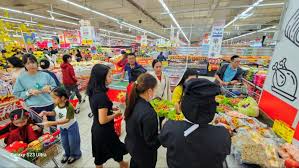












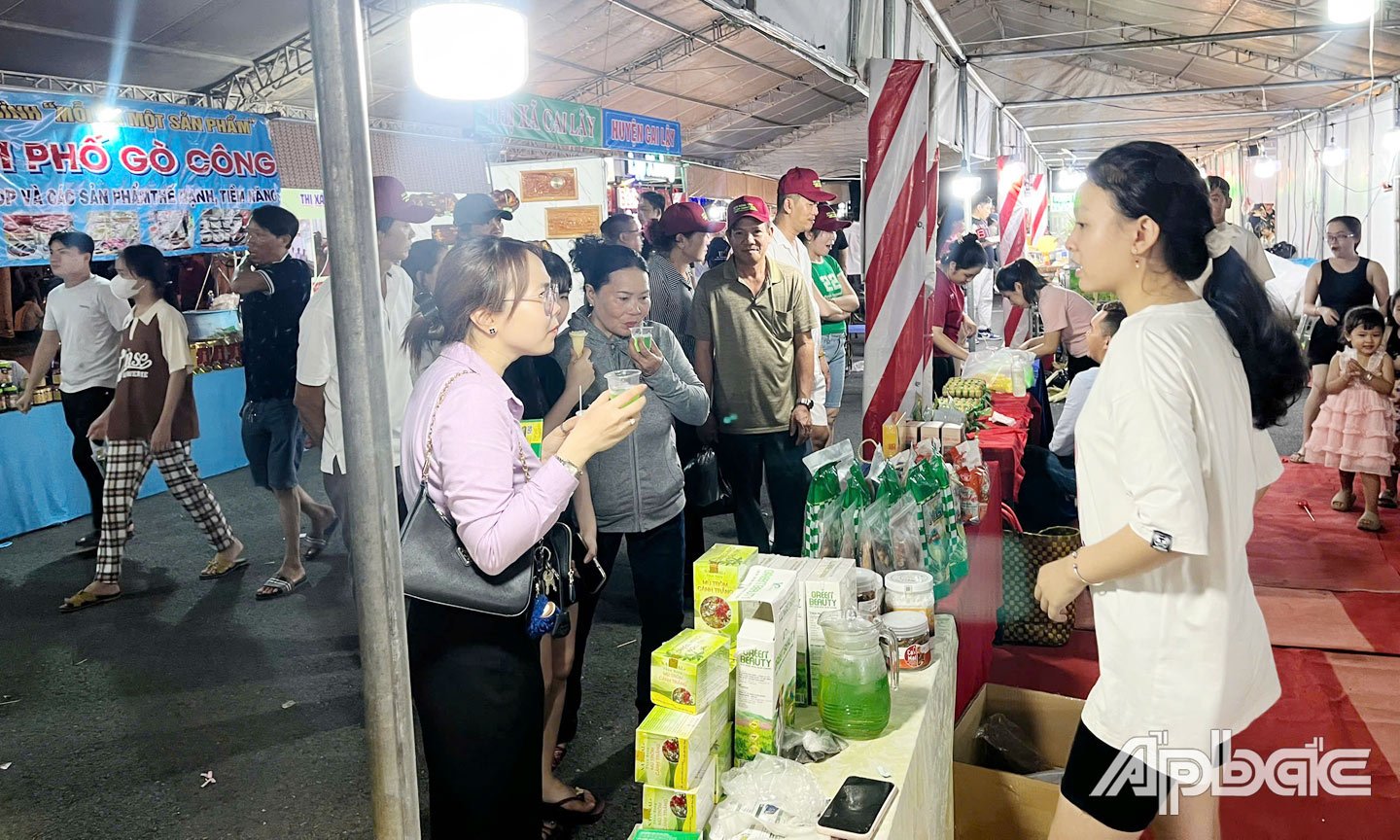
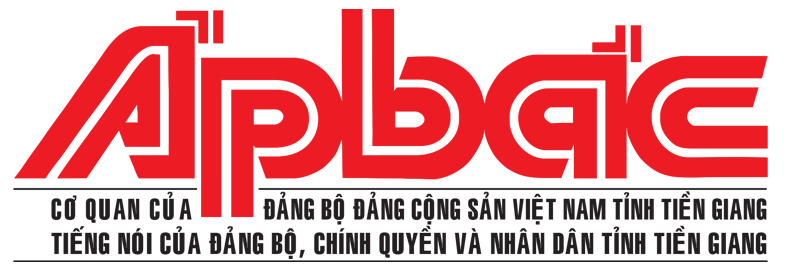
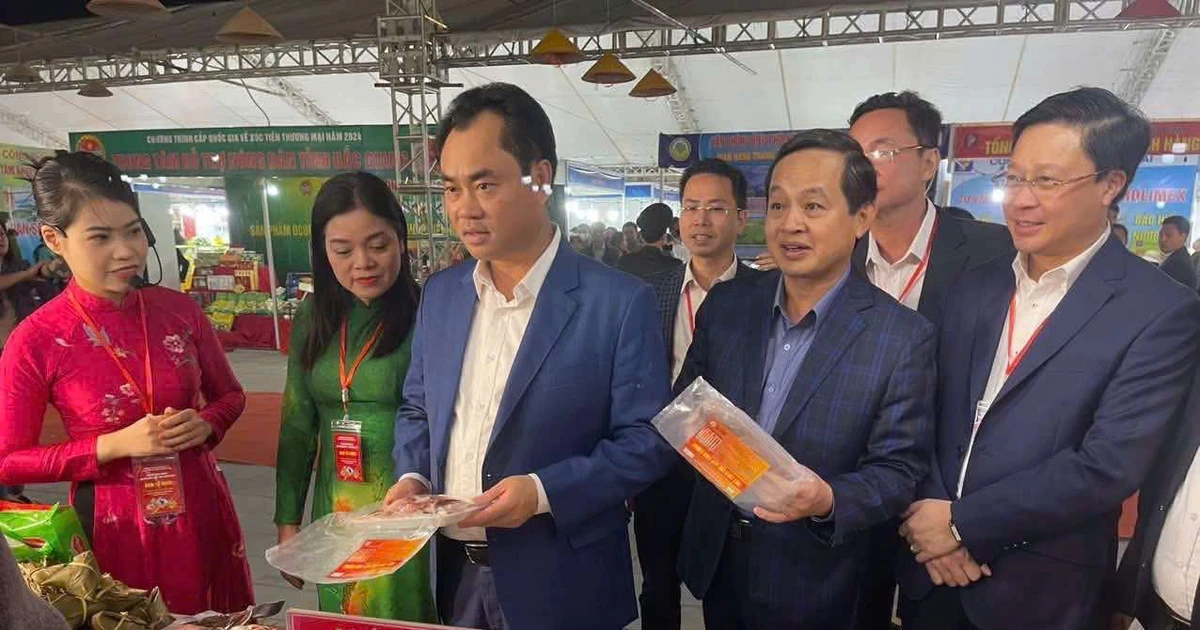

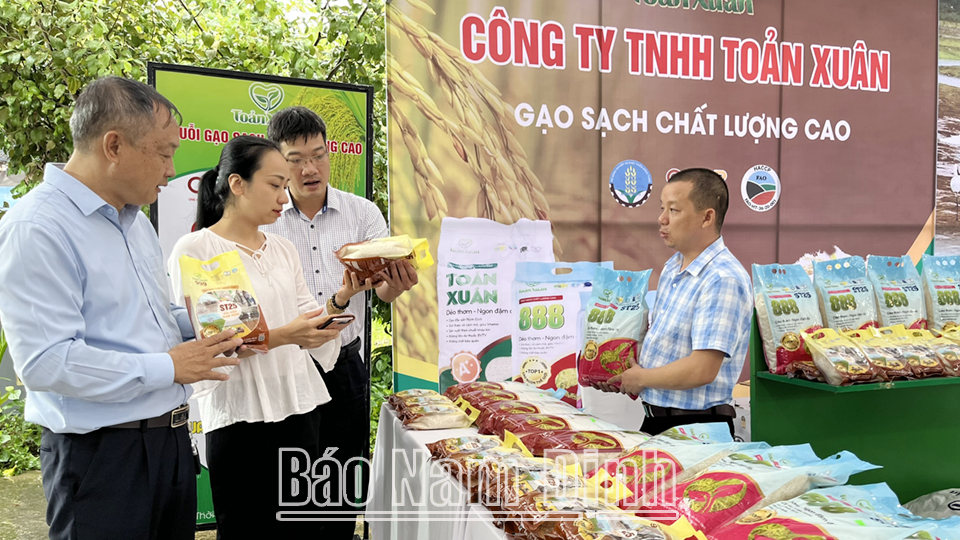

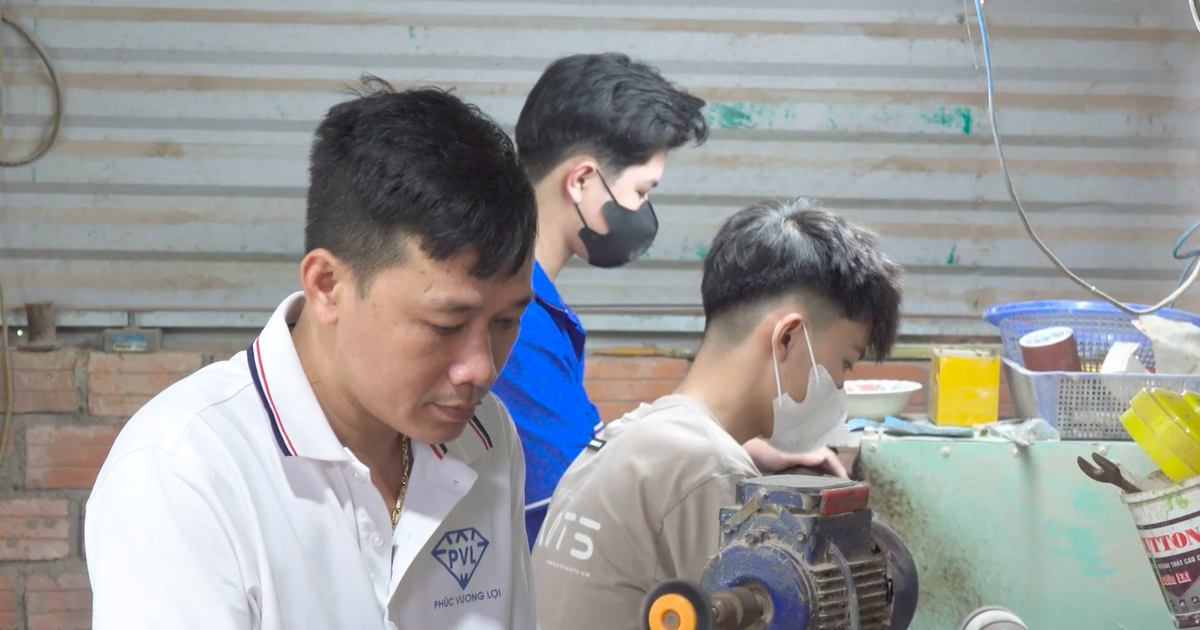

Comment (0)